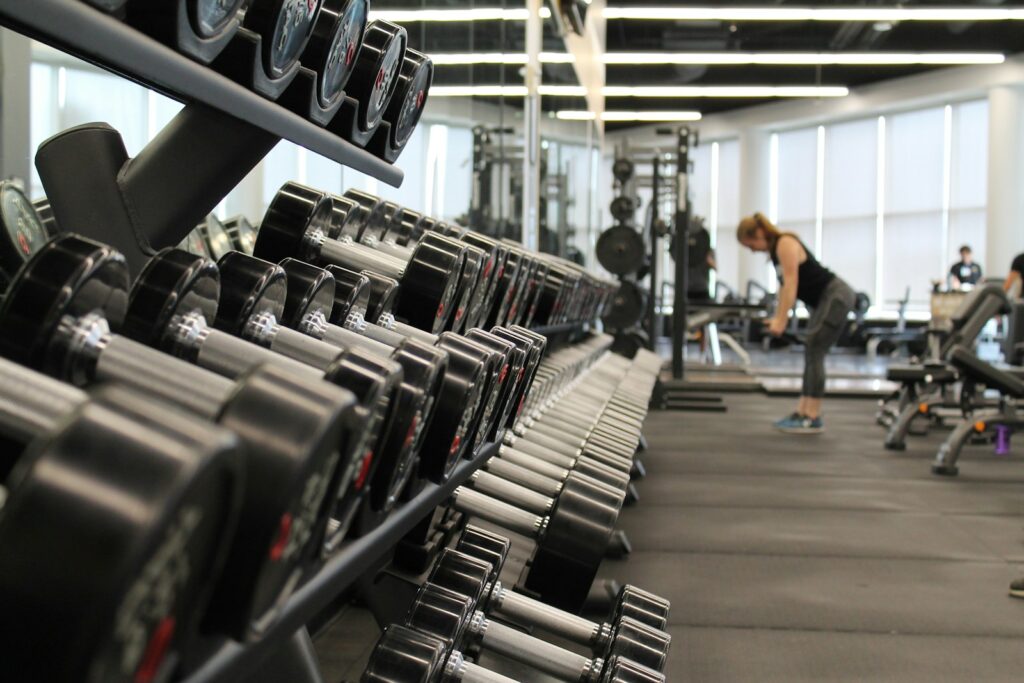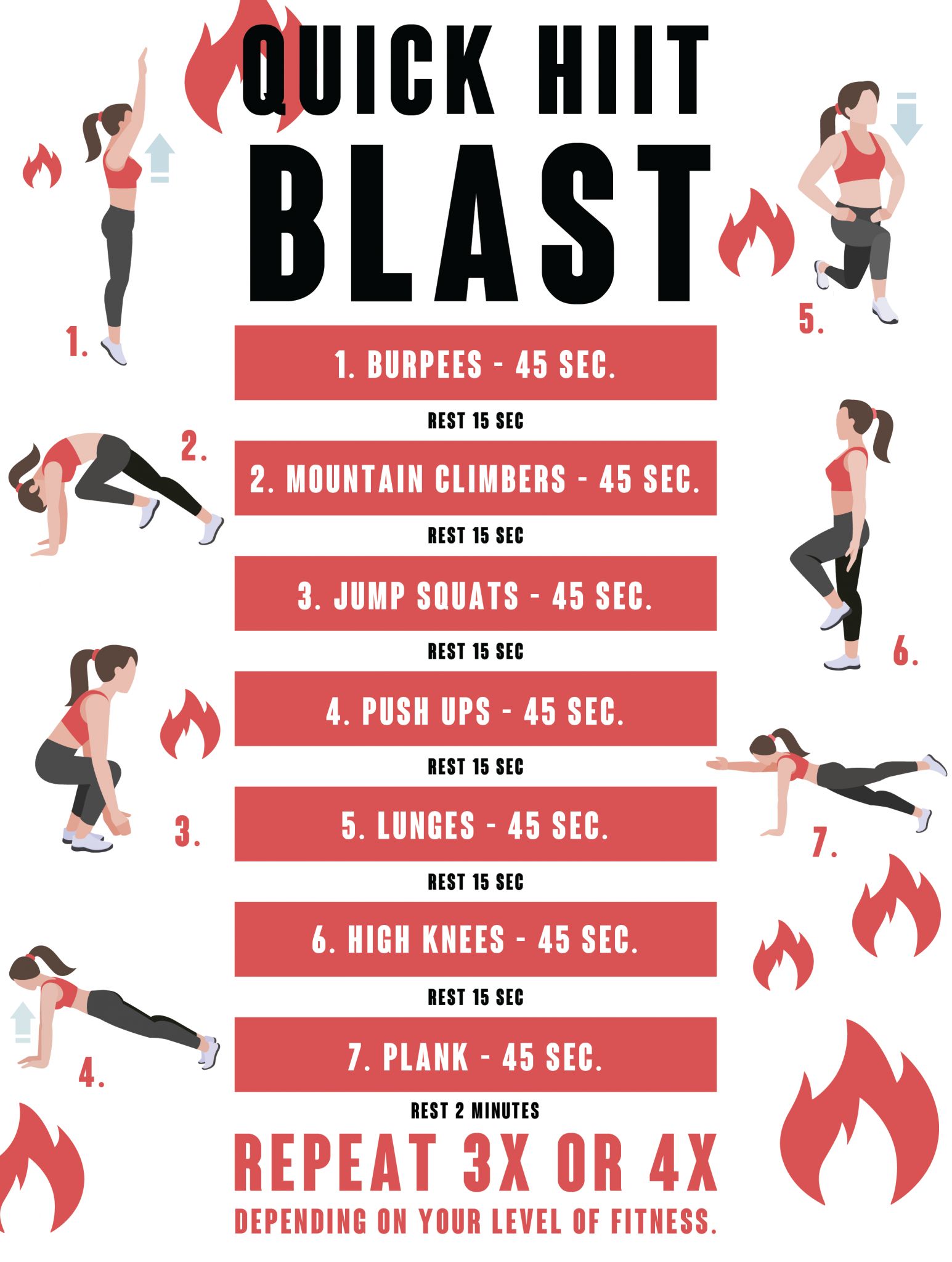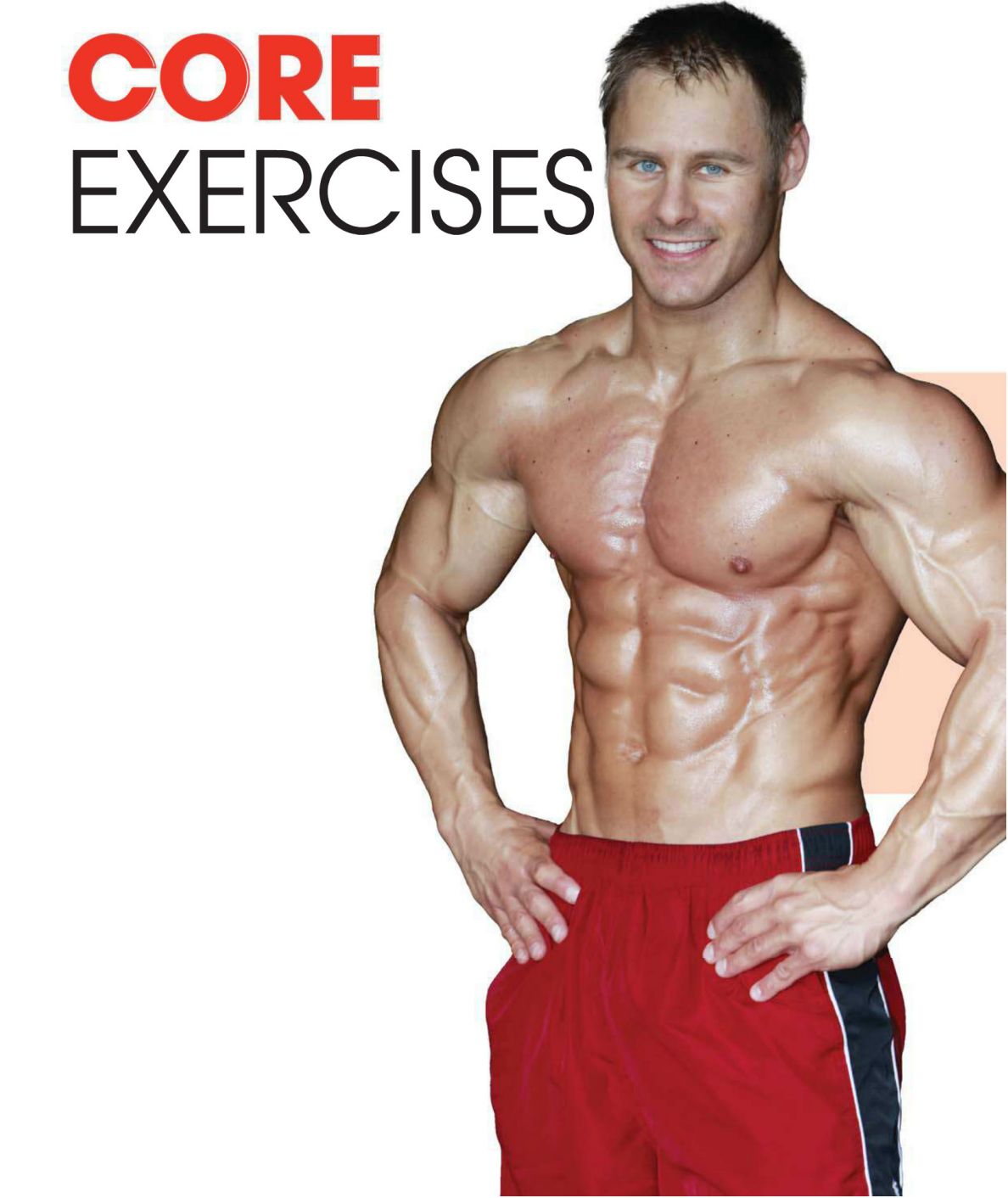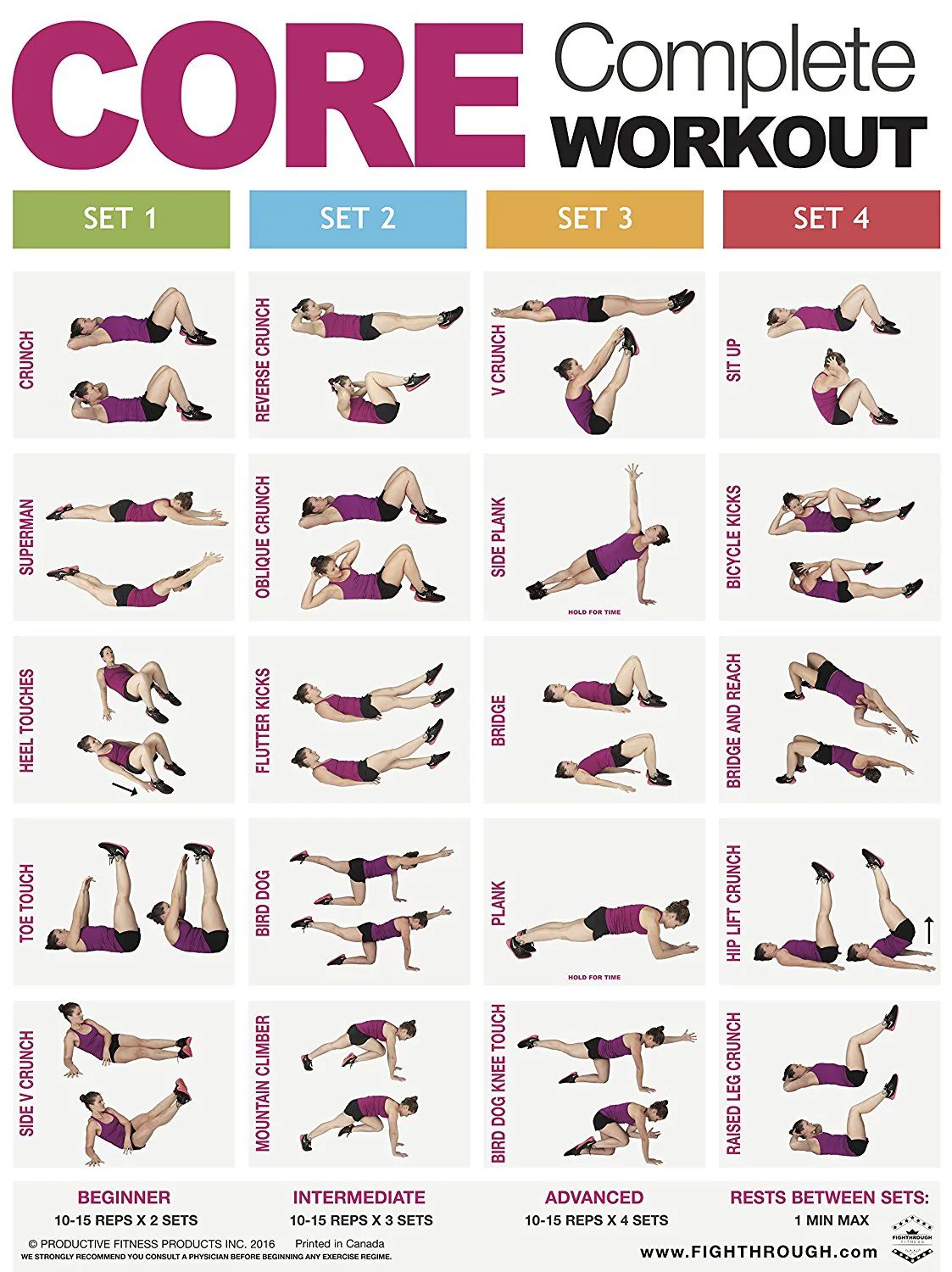
The journey from ‘fat to fit’ is more than just a physical metamorphosis; it’s a profound odyssey of self-discovery, resilience, and reclaiming one’s life. It’s about igniting that spark within, choosing health over habit, and embracing a lifestyle that nourishes both body and soul. While the path might seem daunting, especially when you’re starting from a place of significant change, the incredible truth is that it’s entirely within reach.
We often hear about inspiring transformations, but what truly makes them resonate is understanding the ‘why’ behind the ‘how.’ It’s the moment of realization, the decision to prioritize well-being, and the consistent steps taken that lead to profound and lasting change. Today, we’re going to dive deep into such a story, one that began with a traumatic health scare and blossomed into a remarkable testament to the human spirit and strategic action.
This article isn’t just a collection of tips; it’s a blueprint for anyone ready to embark on their own incredible ‘fat to fit’ adventure. We’ll explore a powerful personal narrative that underscores the possibility of transformation, and then lay out the foundational strategies that can guide you, no matter where you’re starting from. Get ready to be inspired and empowered to take control of your own amazing journey!

1. **Oyinkansola’s Turning Point: A Health Scare and the Choice to Live**
For as long as she could remember, Oyinkansola Oladitan, a 30-year-old entrepreneur from London, found herself locked in a complicated relationship with food. Recalling her childhood, she shared that while she was a chubby kid, her parents diligently tried to keep her active with tennis and swimming, but she admitted, ‘I was just never into it.’ The real turning point, however, came at age 13 when she moved from Lagos, Nigeria, to a boarding school in Kent, a transition that unfortunately saw her eating habits spiral from bad to worse.
In the challenging environment of boarding school, Oyinkansola developed a pattern of eating a full meal in the dining hall, only to follow it up with microwave noodles loaded with hot sauce every single day. Her growing self-consciousness about her size led her to avoid sports at all costs, further exacerbating the issue. Starting school at a size 14, she found herself at least a size 22 five years later, all while battling a stomach ulcer since the tender age of eight.
Countless doctors had given her the same crucial advice: lose weight, eliminate spicy and acidic foods, and take probiotics and medication to reduce stomach acid. Though she would typically adhere to these recommendations until she felt better, consistency proved elusive. The stomach pain would inevitably return, yet she found herself not caring, often binging before bed and sleeping through the worst of it, only to start the cycle anew. It was a destructive pattern that nearly cost her everything when, in August 2013 at age 23, after four days of excruciating stomach pain, she was rushed to the hospital and diagnosed with gastroenteritis, leading to a life-altering surgery to repair her esophagus and stomach lining.

2. **The Mindset Shift: Conquering the “Enemy of Progress”**
Before her critical health crisis, Oyinkansola openly admitted to being ‘the enemy of progress’ when it came to her weight. Despite numerous attempts to lose weight, and the unwavering support of her parents in Lagos who ‘did everything they could to help – they paid for nutritionists, trainers, and even hypnotherapy,’ she consistently undermined her own efforts. This often manifested as eating in secret and being dishonest about her food intake, a common struggle for many embarking on a transformation journey.
This cycle of self-sabotage continued even into her university years in London, where she pursued a degree in maths. It was this deeply ingrained pattern of abusing her body, marked by years of acid build-up from her diet, that ultimately culminated in the severe health crisis requiring surgery. The moment she left the hospital two weeks later, weighing a staggering 21.5 stone, the gravity of her situation hit hard: ‘Years of abusing my body had nearly killed me – and I didn’t want to die.’ This profound realization became the undeniable catalyst for a monumental shift in her mindset.
This pivotal moment underscored a critical lesson: sustainable body transformation begins not just with diet and exercise, but with a fundamental change in one’s relationship with oneself and food. It highlighted the importance of addressing the underlying behaviors and psychological barriers that stand in the way of progress. Oyinkansola’s story beautifully illustrates that true transformation requires confronting the ‘enemy of progress’ within and making a conscious, unwavering choice for life and health.

3. **Building Momentum: Oyinkansola’s Journey into Consistent Movement**
With a newfound determination forged in the aftermath of her health scare, Oyinkansola wasted no time in embracing a holistic approach to her recovery and transformation. With the invaluable assistance of a therapist, she began to unravel her dependency on food, a crucial step in altering her deeply ingrained habits. Concurrently, she was referred to a nutritionist who provided her with the essential knowledge of portion control and guided her towards healthier food choices, laying the groundwork for a balanced diet.
Three months after her discharge from the hospital, Oyinkansola received the eagerly anticipated all-clear to begin exercising. Her initial steps were modest yet significant, starting with short, local walks. In November 2013, she took another monumental leap by joining a gym and hiring a personal trainer. While that first session was undoubtedly tough, she found strength in the challenge, explaining, ‘I leaned into that feeling – I was doing the work and it felt good.’ This active embrace of discomfort marked a powerful shift in her relationship with physical activity.
Her commitment quickly yielded impressive results. She incorporated 45-minute HIIT-style sessions four times a week and diligently ensured she achieved 10,000 steps daily. Within the first six months, she had shed an incredible 5 stone, and by early 2016, she proudly weighed 10 stone 12 pounds—half of her original body weight. Even when gyms closed in March 2020, Oyinkansola maintained her momentum, signing on to Ciara Madden’s live HIIT and strength classes, which became a vital lifeline during lockdown and continue to be a cornerstone of her routine. She now works out four to six days a week, embracing the variety of sessions, and marvels at how much she has changed since her surgery.

4. **Beyond Physicality: The Deep Impact on Self-Worth and Confidence*
Oyinkansola’s incredible physical transformation was just one facet of a much deeper, more profound change. She candidly shares that prioritizing her health bestowed upon her ‘a sense of self-worth that I never had before.’ This inner shift is often the most rewarding outcome of any significant health journey, as it transcends mere aesthetics and touches the very core of one’s identity. It’s about recognizing your strength, resilience, and the power you hold to shape your own life.
This newfound self-worth has had a ripple effect across all areas of her life. When you achieve a monumental feat like losing half your body weight, it fundamentally reshapes your belief in what’s possible. Oyinkansola beautifully articulates this sentiment, stating that ‘any goal – whether it’s fitness or career-related – feels achievable. Nothing seems impossible anymore.’ This illustrates the empowering truth that discipline and dedication in one area of life often translate into success and confidence in others.
Furthermore, her commitment to exercise and a balanced diet has brought immense relief from long-standing health issues. She actively manages her stomach issues through vitamins and probiotics, having eliminated medication. Remarkably, she reports no ulcer-related problems since her surgery and lives free from stomach pain. This comprehensive transformation—physical, mental, and emotional—stands as a powerful testament to the holistic benefits of embracing a healthy lifestyle.

5. **Blueprint for Success: Defining Your “Fat to Fit” Vision**
Embarking on a ‘fat to fit’ transformation requires more than just good intentions; it demands a clear vision of your destination. Knowing where you are now and precisely where you want to go is the crucial first step, as it helps you identify the necessary changes for your physique and sets realistic expectations from the very beginning. Without this clarity, your journey might feel aimless, making it harder to sustain motivation and track genuine progress.
Many envision a physique that embodies a specific aesthetic: a slim waist, thick shoulders and upper back, a masculine square chest, well-developed arms, and athletic-looking legs. The fantastic news is that achieving such a physique doesn’t necessitate completely sacrificing your current life or dedicating every waking moment to grueling training and restrictive dieting. It’s about smart, sustainable choices that fit into your lifestyle.
The core of this transformation revolves around successfully accomplishing two key objectives: first, reaching an optimal body fat percentage, typically around 8-10% (where your waist is approximately 45-46% of your height); and second, achieving specific strength standards in the gym. These standards, such as performing 5 reps of Incline Bench Press at 1.25 times your body weight or Weighted Pull-ups with 50% of your body weight attached, serve as tangible, measurable goals that directly correlate with building the desired muscular definition and proportions.

6. **Your Hidden Edge: Why Starting “Fat” Can Be a Major Advantage**
It might sound counterintuitive, but beginning your fitness journey from a ‘fat’ starting point actually comes with significant advantages that many often overlook. Instead of viewing it as a disadvantage, understanding these unique benefits can provide a powerful boost to your motivation and an optimistic outlook on your transformation ahead. This positive framing is essential for cultivating the empowering mindset needed for success.
One major advantage is that individuals starting with a ‘fat’ physique often possess ‘decent muscle development from the start.’ This is because historical overfeeding can sometimes lead to greater muscle mass accumulation. What this means is that once body fat is shed, many guys are pleasantly surprised to find they achieve ‘a fairly muscular looking physique immediately,’ often revealing more muscle than they anticipated. It’s like uncovering a well-built sculpture beneath a protective layer, offering an instant visual reward that fuels further progress.
Another incredible benefit is the unique ability to ‘build muscle while losing body fat’ simultaneously, particularly during the initial 3-6 months of your journey. This phenomenon, often referred to as ‘recomposition,’ is far more effective for beginners than for advanced lifters. It allows for a highly efficient start where your weight goes down rapidly while your strength gains in the gym indicate new muscle growth. Keeping these two powerful advantages in mind can transform your perception of the starting line and propel you forward with renewed confidence and enthusiasm.

7. **The Strategic Roadmap: Navigating the 6-Step Transformation Cycle**
Achieving a lasting ‘fat to fit’ transformation is not a linear sprint but a cyclical, strategic process designed for sustainable results. It’s about intelligent management of your body composition, moving through phases that optimize both fat loss and muscle gain. This approach avoids the pitfalls of crash dieting or continuous bulking, ensuring you maintain a relatively lean and defined physique throughout your journey while continually progressing towards your ideal body.
The first crucial step involves a dedicated cutting phase where you ‘lose body fat until your waist reaches ~45% of your height.’ The duration of this phase will vary depending on your starting point, potentially ranging from 3 to 9 months. Once this initial fat loss goal is achieved, the next step is to ‘eat at maintenance calories for 2-3 weeks.’ This short maintenance phase serves as a crucial break, allowing your body to recover, stabilize hormones, and prepare for the next phase, preventing metabolic adaptation and burnout.
Following the maintenance period, you transition into a ‘lean-bulking phase,’ where the focus shifts to ‘gaining the muscle mass needed to create great muscular proportions,’ typically lasting 8-16 months. The key here is ‘lean’ bulking, meaning you gain muscle without excessive fat. Once you reach 14-15% body fat (around 48% of height at the waist), it’s time to ‘cut back to the 10% range again.’ This cyclical process of cutting and lean bulking, repeated until you’ve built sufficient size to look strong when lean, is the proven path. The final, and perhaps most important, step is to ‘Enjoy life to the utmost’ throughout this journey, integrating fitness into a balanced and fulfilling lifestyle.”
Mastering the ‘fat to fit’ process is where the true alchemy of transformation takes place. Having embraced the crucial mindset shift and understood the strategic roadmap for navigating cycles of fat loss and muscle gain, we now dive into the actionable pillars that underpin every successful journey: unwavering commitment, precise nutritional science, and effective strength training. These aren’t just components; they are the bedrock upon which sustainable, life-changing results are built.
First and foremost, your commitment to the transformation goal stands as the most crucial factor. It’s easy to set a goal, but sustaining the effort, especially when the journey from ‘fat to fit’ involves significant change, demands an unwavering dedication. As shared, every fitness journey has its share of setbacks and challenges, from disheartening plateaus to self-doubt. Your passion and the fundamental ‘why’ behind your desire to transform will be the fuel that helps you overcome these hurdles, urging you to ‘show up’ consistently, whether it’s for a workout session or sticking to a meticulously crafted nutrition plan.
Complementing this commitment is the mastery of nutritional science, particularly in establishing and maintaining a consistent calorie deficit for fat loss. To effectively shed body fat, you must consistently consume fewer calories than your body expends daily. The good news for those starting with a ‘fat’ physique is that you can initially employ a larger calorie deficit, aiming to lose around 2-3 lbs (1-1.5 kg) of body fat per week. As you become leaner, a more moderate deficit of 1-1.5 lbs (0.4-0.7 kg) per week is advisable, ensuring you build muscle while your weight efficiently decreases.
Your maintenance calories can be estimated using a simple formula: 15 multiplied by your body weight in pounds (or 33 by kilograms). While this is an estimate, it provides an excellent starting point. From this maintenance level, subtract 25-30% of calories if you are above 15% body fat, or 20-25% if you are already getting leaner (under 15% body fat). It’s crucial to create this calorie deficit primarily through dietary modifications—ideally 80% through diet and only 20% through cardio—to prevent interference with resistance training performance, hormonal balance, and muscle protein synthesis.
Equally vital is the precise calibration of your macronutrients: protein, carbohydrates, and fats. For optimal results, aim for 0.8-1 gram of protein per pound of body weight, as protein is highly satiating and crucial for muscle building as you get lean. Fats should constitute 20-30% of your total calories, with carbohydrates filling the remaining caloric allowance. While fat and carb intake can vary slightly day-to-day, consistent adherence to your protein target and overall calorie goals is paramount. Success in fat loss, and subsequently muscle gain, hinges on consistently hitting these calorie and macro targets; much of the other ‘minutiae’ will fall into place around this foundational consistency.
Beyond nutrition, effective strength training is a non-negotiable component of a ‘fat to fit’ transformation. The fundamental truth for muscle growth is simple: you must continuously strive to get stronger in the gym. Many individuals mistakenly train exclusively for ‘size’ with higher repetitions, but for natural trainees, especially those starting their journey, training for strength in the 4-10 rep range is significantly more effective. This rep range promotes more effective reps in less time, and crucially, it is less likely to induce the ‘insatiable appetite’ often associated with higher-rep ‘pump’ training, thereby facilitating easier fat loss.
The 4-10 rep range also offers a clear pathway for progressive overload—the gradual increase in weight or resistance—which is key for sustained muscle growth. Larger leaps in weight are easier to track within this range, ensuring fast strength progression. Furthermore, optimizing training frequency is critical, especially for beginners (0-1 year of training). Training key exercises 2-3 times a week is the fastest route to strength and muscle gains. This higher frequency rapidly trains your nervous system to recruit muscle fibers more efficiently, leading to neurological adaptations before significant muscle size increases. Since you’re not lifting maximal weights initially, muscle damage is minimal, allowing for faster recovery and more frequent training sessions.
Now, with the core principles of commitment, nutrition, and strength training firmly in mind, let’s delve into the diverse workout methods that can accelerate your journey, ensuring a holistic transformation that not only sheds fat and builds muscle but also enhances your overall health and well-being. Combining these various modalities will be your secret weapon to achieving a fit and toned body, propelling you towards your fitness goals with remarkable efficiency.

8. **High-Intensity Interval Training (HIIT)**
High-Intensity Interval Training, or HIIT, stands out as one of the most potent fat-burning exercises due to its unique structure. It masterfully combines short, intense bursts of activity with brief periods of low-intensity recovery or complete rest. This dynamic approach doesn’t just burn calories during the workout; it significantly boosts your metabolism, leading to an extended calorie-burning effect long after your session ends. This phenomenon, often referred to as the ‘afterburn effect,’ means your body continues to incinerate fat at an elevated rate, making every minute of your effort count for more.
To harness the power of HIIT, aim for sessions lasting between 20-30 minutes, ideally 3-4 times a week. The method involves pushing your body to its limits during high-intensity intervals, typically 30-40 seconds, followed by short rest periods. Popular exercises that fit perfectly into a HIIT routine include jump squats, burpees, mountain climbers, and high knees. By consistently incorporating HIIT into your regimen, you’ll find yourself shedding excess fat, particularly around the abdomen and thighs, while simultaneously developing a more toned and defined physique.

9. **Strength Training (Weight Lifting)**
Strength training is an absolutely critical component for anyone serious about getting fitter, transcending the simple act of lifting weights. Its primary benefit lies in building lean muscle mass, which in turn acts as a metabolic furnace. Unlike cardio, which primarily burns calories during the workout, increased muscle mass directly boosts your resting metabolic rate. This means that even when you’re at rest, your body is burning more calories simply to maintain that developed muscle, making it an incredibly efficient long-term strategy for fat loss and body recomposition.
For effective strength training, dedicate 30-45 minutes per session, three times a week, ensuring adequate rest days in between to allow for muscle recovery and growth. Incorporate compound exercises that engage multiple muscle groups for maximum efficiency, such as deadlifts, squats, and bench presses, alongside isolation exercises like rows, bicep curls, and tricep dips. Strength training works by creating microscopic tears in your muscle fibers, which then repair and grow back stronger and larger. Over the course of your transformation, especially when combined with a calorie deficit, you will visibly notice a leaner physique as fat is replaced by dense, well-defined muscle, transforming your overall body composition.

10. **Bodyweight Exercises**
Bodyweight exercises are a fantastic and accessible way to build both strength and endurance, requiring absolutely no specialized equipment. These movements ingeniously engage multiple muscle groups simultaneously, making them highly effective for full-body toning and conditioning. Despite the absence of weights, bodyweight exercises can be incredibly intense, providing a significant challenge to both your muscular system and your cardiovascular health, proving that you don’t need fancy machinery to achieve impressive results.
Integrating bodyweight exercises into your routine for 20-30 minutes per session, 4-5 times a week, can yield remarkable benefits. Examples include classic push-ups, challenging pull-ups (or assisted variations), planks for core stability, lunges for lower body strength, and glute bridges for hip power. These exercises are adept at strengthening and toning your muscles while consistently elevating your heart rate, which is a powerful combination for aiding fat loss. Regularly incorporating a diverse range of bodyweight movements will not only build your endurance but also contribute to a significant reduction in body fat and a noticeable improvement in overall muscle tone.

11. **Circuit Training**
Circuit training offers a dynamic and highly efficient approach to fitness by seamlessly combining multiple exercises into a single, high-intensity sequence. The genius of circuit training lies in its ability to keep your heart rate consistently elevated, effectively working both your cardiovascular system and your muscles simultaneously. This makes it an ideal method for fat loss, as it burns a significantly higher number of calories compared to traditional, steady-state workouts, ensuring you maximize your effort within a condensed timeframe.
To perform circuit training, aim for 30-45 minute sessions, 3-4 times a week. A typical circuit might involve rotating through exercises like jump rope, kettlebell swings, push-ups, squats, and plank to push-ups, moving from one exercise to the next with minimal rest in between. The versatility of circuit training is one of its greatest strengths; you can easily adjust the exercises and intensity to match your current fitness level, making it suitable for everyone from beginners to advanced trainees. Over the course of your transformation, this integrated workout style will prove invaluable in shedding fat while simultaneously building lean muscle and enhancing your overall endurance.

12. **Cardio Workouts (Running, Cycling, Swimming)**
Cardiovascular exercise is undeniably a cornerstone of any effective fat loss strategy, serving as a direct pathway to burning calories and improving overall heart health. These activities are designed to elevate your heart rate and enhance circulation, directly contributing to a significant caloric expenditure. Whether your preference leans towards the rhythmic stride of running, the fluid motion of cycling, or the serene immersion of swimming, the most crucial aspect is discovering a cardio activity you genuinely enjoy, as consistency is the ultimate key to unlocking its full benefits.
For optimal results, dedicate 30-60 minutes per session to cardio, 4-5 times a week. This can involve running, either on a treadmill or outdoors, cycling on a stationary bike or exploring scenic routes, or performing laps in a pool. A balanced approach combining both steady-state cardio and interval training can further accelerate your progress towards your fitness goals. By consistently engaging in these cardiovascular exercises, especially when paired with other strength-building workouts and a meticulously planned diet, you will undoubtedly observe a noticeable decrease in body fat, propelling you closer to your desired physique.

13. **Yoga and Pilates**
While often perceived primarily as disciplines focused on flexibility and relaxation, yoga and Pilates offer remarkable benefits that significantly aid in body toning and enhancing muscle strength. These practices are masters at improving posture, profoundly strengthening the core, and promoting overall flexibility, which are crucial for a well-rounded physique and injury prevention. Beyond the physical, they are powerful tools for mental well-being, fostering a mindful connection between body and mind, which is essential for maintaining consistency in your fitness journey and mitigating stress-related fat gain.
Incorporating yoga or Pilates into your routine for 30-45 minutes per session, 2-3 times a week, can be an excellent complement to more intense workouts, especially on recovery days. Common poses and exercises like Downward Dog, Warrior poses, Leg Lifts, The Plank Pose, and Pilates Roll-ups actively engage deep abdominal muscles and stabilizers, leading to a more toned and lean appearance. These practices not only enhance physical prowess and mental calm but also contribute to improved posture and a reduction in the visual prominence of belly fat, making them indispensable for a truly holistic transformation.

14. **Core Workouts (Abdominal Training)**
A strong core is an indispensable foundation for overall fitness, playing a vital role in maintaining good posture, enhancing stability, and preventing injuries. While the concept of ‘spot-reduction’—targeting fat loss from specific areas—is a myth, actively strengthening the muscles in your abdomen can dramatically define the area, contributing to a more sculpted appearance over time. Core workouts are designed to build robust foundational strength, improve balance, and enhance the body’s central stability, all of which contribute significantly to a leaner, more capable physique.
Dedicate 20-30 minutes to core workouts, 3 times a week, focusing on exercises such as crunches, bicycle crunches, Russian twists, leg raises, and planks. These exercises are specifically designed to build muscle tone in your midsection, which can create the visual impression of a flatter stomach and a more defined waistline. It’s important to remember that while abdominal exercises alone won’t magically eliminate belly fat, they are crucial for building the underlying muscle and improving posture. When strategically combined with fat-burning cardiovascular exercises and comprehensive strength training, these core-focused movements will undeniably aid in achieving a thoroughly leaner and more aesthetically pleasing physique.
Achieving a true ‘fat to fit’ transformation is undoubtedly a challenging yet profoundly rewarding endeavor, and it’s clear that it extends far beyond just shedding pounds. It’s about cultivating a sustainable lifestyle rooted in commitment, intelligent nutrition, and a diverse, effective exercise regimen. As we’ve explored, integrating high-intensity intervals, robust strength training, versatile bodyweight movements, dynamic circuit workouts, consistent cardio, and the mindful practices of yoga, Pilates, and targeted core exercises creates a powerful synergy.
Remember, the journey from fat to fit is not a destination to be reached in a mere 15 days, but rather a launchpad for a lifetime of healthier habits. The noticeable progress you achieve in those initial weeks—from increased energy and improved strength to a more positive self-perception—serves as a powerful motivator to continue building on this foundation. Embrace the process, celebrate every small victory, and know that each consistent effort brings you closer to becoming the strongest, healthiest, and most empowered version of yourself. Your body transformation is an ongoing testament to your resilience and commitment, and the best part is, you’re just getting started on this incredible journey.



